Introduction
Meatballs are nutritious and delicious, which is why they’re a common food staple of many families. But can dogs eat meatballs? What ingredients in meatballs for dogs might not be the best?
We’re answering all of these questions and more in today’s post and also giving you some advice on how you can incorporate dog meatball treats into your pet’s diet without putting their health at risk in any way.
Are Meatballs Good for Dogs?
Perfect for weight gain
Can you use meatballs for dogs to gain weight? The answer to this question is yes.
Of course, it depends on the type of meat you use and whatever other ingredients you add to your recipe, but meatballs are usually richer in cholesterol and fat, in general, than other types of meat-based dishes.
So, if your dog is recovering from disease, they are a senior, or they’ve recently given birth and you want them to gain a little more weight, meatballs are packed in calories, so they’re a good food to give to them.

Iron
The iron content of meatballs varies also depending on what you make them of, but beef ones are typically quite rich in iron.
If you didn’t know, iron is an essential nutrient especially for female dogs that are in heat or have gotten pregnant, or generally dogs that are predisposed to anemia.
Cobalamin
This nutrient is essential for keeping your dog’s general health up to par. Some vets might even recommend additional supplementation also depending on your dog’s health status.
Meatballs are rich in cobalamin, which means that they are great for dogs that aren’t able to retain the right nutrients from their diet, such as those suffering from chronic enteropathies like IBS or IBD.
Vitamin B6
The quantity of vitamin B6 present in meatballs also depends on the type of meat you use when preparing them at home. But even chicken or lighter options still contain enough B6 vitamin, which has multiple benefits.
To name a few, vitamin B6 (also known as pyridoxine) promotes brain health, prevents anemia, and ensures that your dog’s immune system functions properly. It can also alleviate some clinical signs of pregnancy, such as nausea.
Are Meatballs Bad for Dogs?
Bacterial contamination
Raw canine diets have become popular in the past several years, but if you’re thinking of giving your pet raw meatballs, think again. Raw meat can carry a number of dangerous bacteria, whether that be Salmonella or Escherichia.
Cooked meatballs are much safer by comparison and homemade options are the best of all since you have complete control over the cooking process and the ingredients you add to your recipe.
Lactose intolerance
Some people like adding cheese to their meatballs and while this ingredient undoubtedly makes them delicious, it can trigger mild digestive upsets in some animals.
Dogs that are known to be lactose intolerant or that experience diarrhea and gas episodes after consuming milk, cheese, yogurt, or any other dairy product should never be fed meatballs that have cheese in them.
Salt
Store-bought meatballs are the worst when it comes to their salt content. Dogs are not supposed to have salt and you might have noticed that most commercial canine diets don’t contain this ingredient or have very low amounts of it.
This is because it can seriously affect dogs’ health and increase the risk of them developing cardiovascular complications.
Onion and garlic
These two are toxic for dogs and there have been many studies published in the past that have shown the statement to be true.
If you cook your meatballs at home, be sure to steer clear of these two ingredients. You can give your dog some healthy chicken meatball dog treats and add onion and garlic to the tomato sauce (that you do not feed to your pet).
Preservatives
Commercially available meatballs usually contain many more ingredients than the ones you might add when preparing them yourself. Manufacturers do this to ensure a longer shelf life.
Your dog can definitely do without preservatives, binders, artificial colors or flavours, especially since many are known to be carcinogenic.

How Many Meatballs Can My Dog Eat?
The number of meatballs you can safely give your dog depends on several different factors, such as their weight, whether they have any health problems, and obviously, the size of the meatballs themselves.
If your dog has a history of digestive distress, avoid giving them any type of human food, especially the one containing ingredients that could put their health at risk.
Meatballs made from lean meats are safer, and so are those that are baked or boiled rather than fried. For these, we’d say a safe amount would be 1 meatball per week for small breeds and 2-3 for large to giant dog breeds.
How to Prepare and Serve Meatballs to Your Dog
Keep it simple
The best and safest recipe when it comes to meatballs is the one that contains the lowest number of ingredients. Steer clear of complicated seasonings and spices to avoid causing health issues.
Do not add any onion or garlic or any additional fat if you’re feeling unsure about these ingredients. Ask your vet for more information.
Boil, bake, or grill your meatballs
Can dogs have meatballs that have been fried? While they can, they are clearly not the best for them. Any deep-fried food has a lot of calories, but that’s not all — they can put your dog at a risk of developing pancreatitis.
Boiling, baking, or even grilling the meatballs is much better by comparison.
Add healthier ingredients
If you feel worried about the caloric intake that your dog will have if they eat meatballs, just replace the beef with a lighter type of meat, like chicken or turkey.
Also, if you want the meatballs to be more filling, you can add pumpkin puree to the recipe and even very small amounts of cooked rice. A nice addition would also be spinach or grated carrot.
Freeze them for later
Since you’re probably not going to want to prepare a couple of meatballs for your dog every other day or even every week, a good idea would be to cook them and then freeze a batch.
On hot summer days, you can lightly thaw them and they’ll make a refreshing snack for all pups.
Frequently Asked Questions
No. Even if you make the sauce at home, you might still add risky ingredients to it, such as onion and garlic. Besides, commercial tomato sauce varieties often contain salt and sugar, besides a number of other flavors.
No. Ikea meatballs, whether Kottbullar or Allemansratten, contain onion and salt.
If the onion content of the meatball is high, you can try to induce vomiting by giving your dog 3% hydrogen peroxide. The dosage is 1 teaspoon/5 pounds of body weight so calculate the right amount. This is perhaps the safest way of making your dog throw up.
If too long has passed since your dog ingested the meatball, the best thing to do would be to go to the emergency vet clinic. There’s no point in putting your dog’s health at risk by waiting and seeing what happens.
Summary
Homemade meatballs made with safe ingredients can make delicious treats for dogs.
Commercial options are usually unsafe due to their salt and seasoning content, not to mention that most also have onion and garlic pre-added to them — whether they’re cooked or frozen.
Avoid giving your dog raw meatballs if you don’t want them to get an infection or suffer from severe indigestion.
Sources
- Preliminary assessment of the risk of Salmonella infection in dogs fed raw chicken diets, Daniel J. Joffe and Daniel P. Schlesinger, 2002
- Adverse food reactions in dogs and cats, Frédéric P Gaschen, Sandra R Merchant, 2011
- Hypertension Caused by Salt Loading in the Dog, Homas G. Coleman, Arthur C. Guyton, 1969
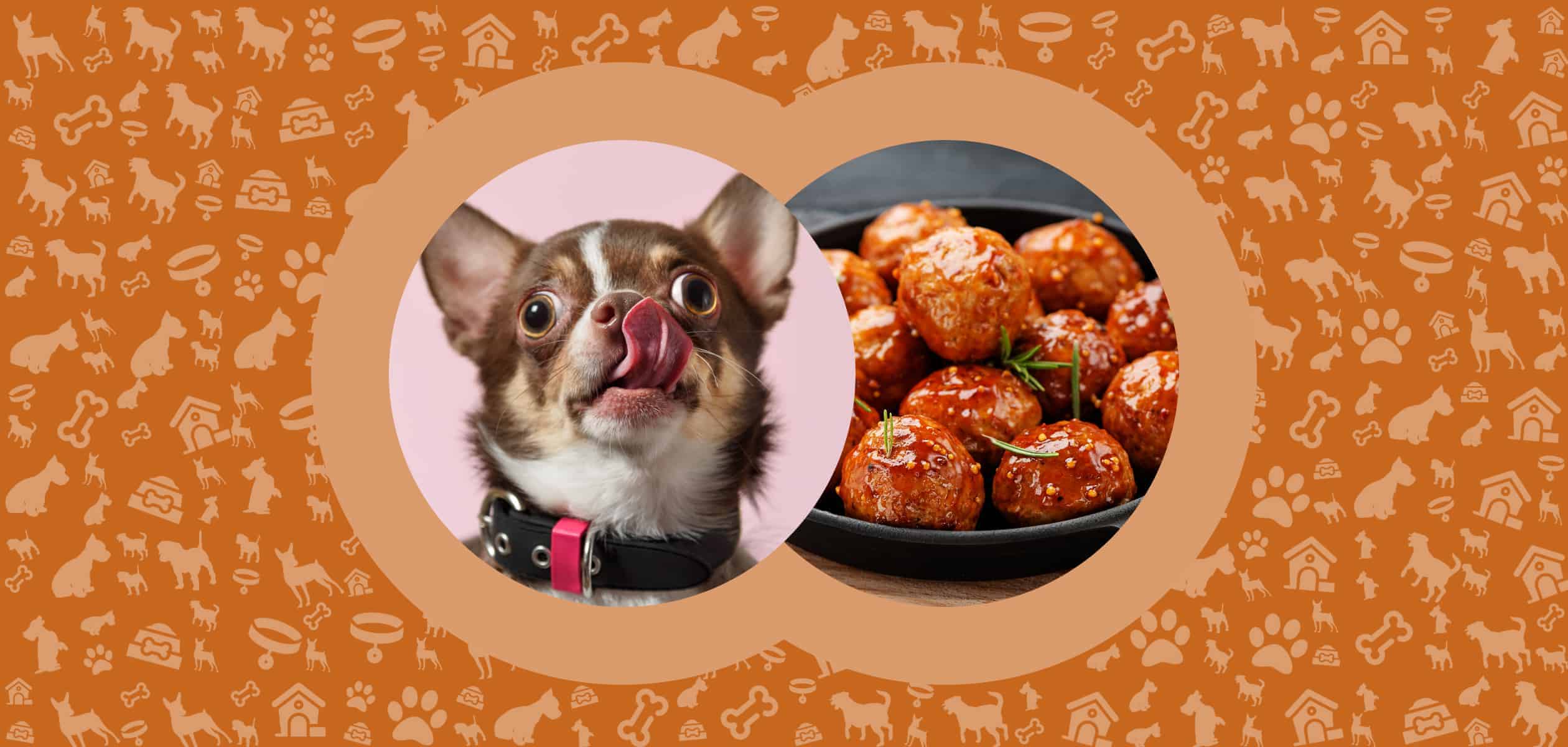
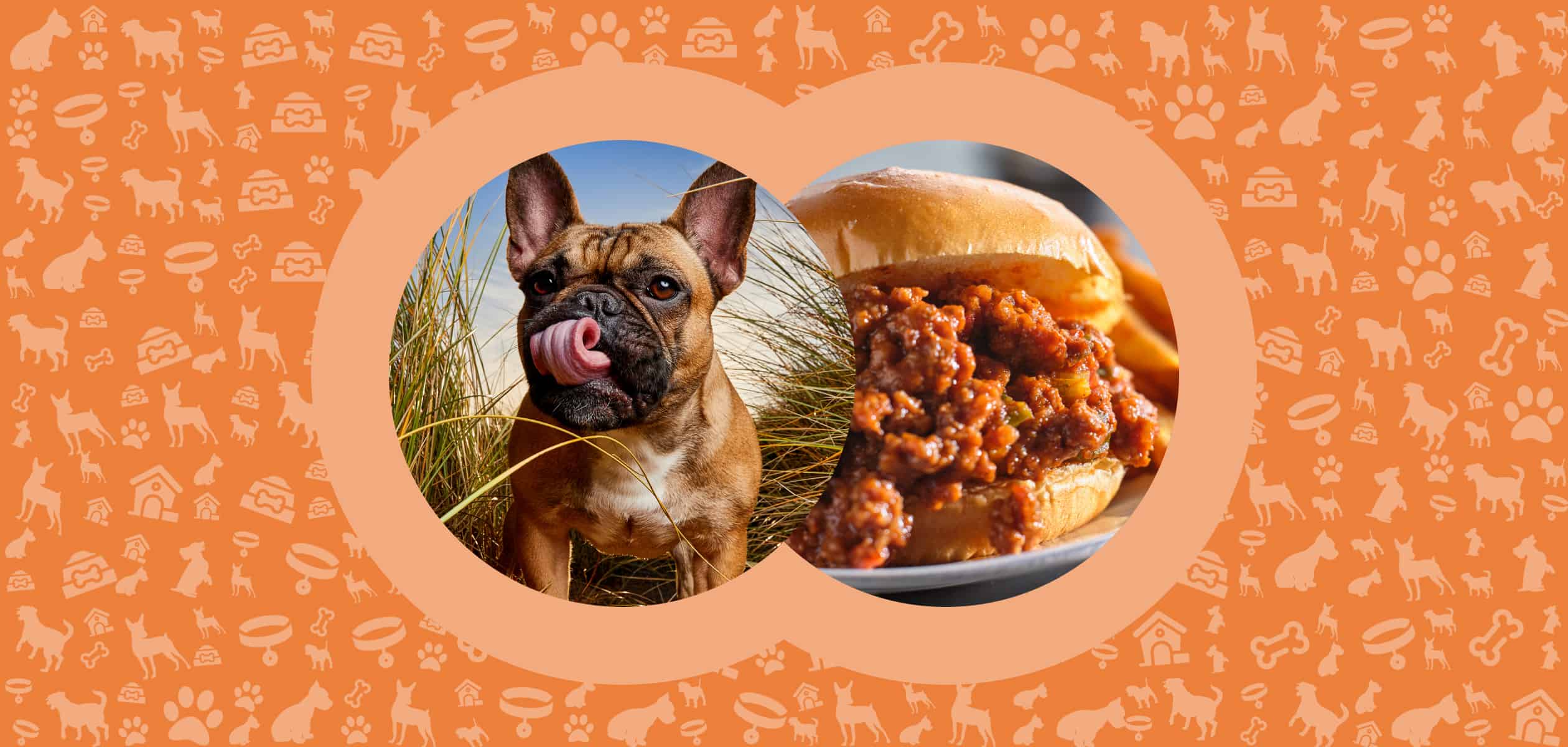

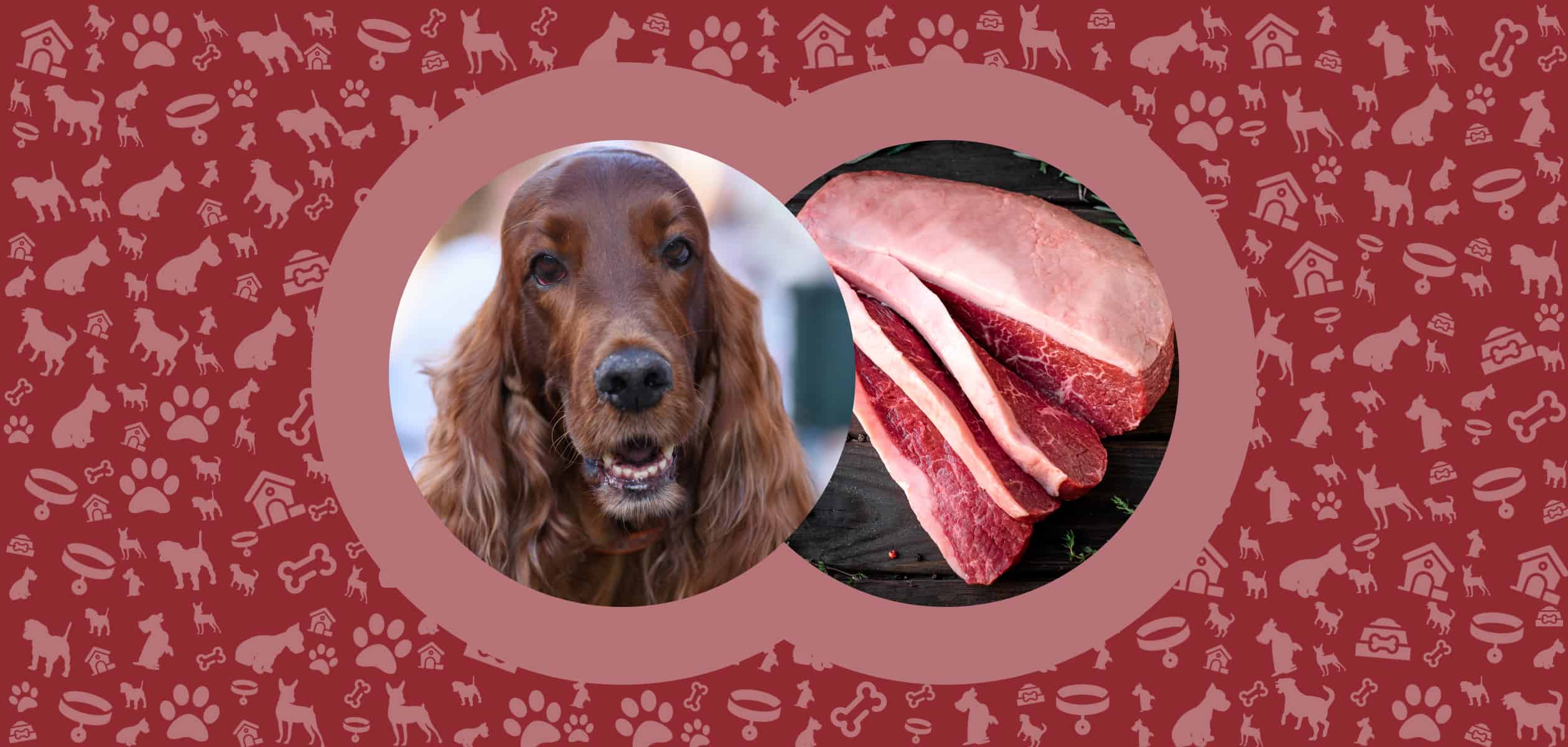
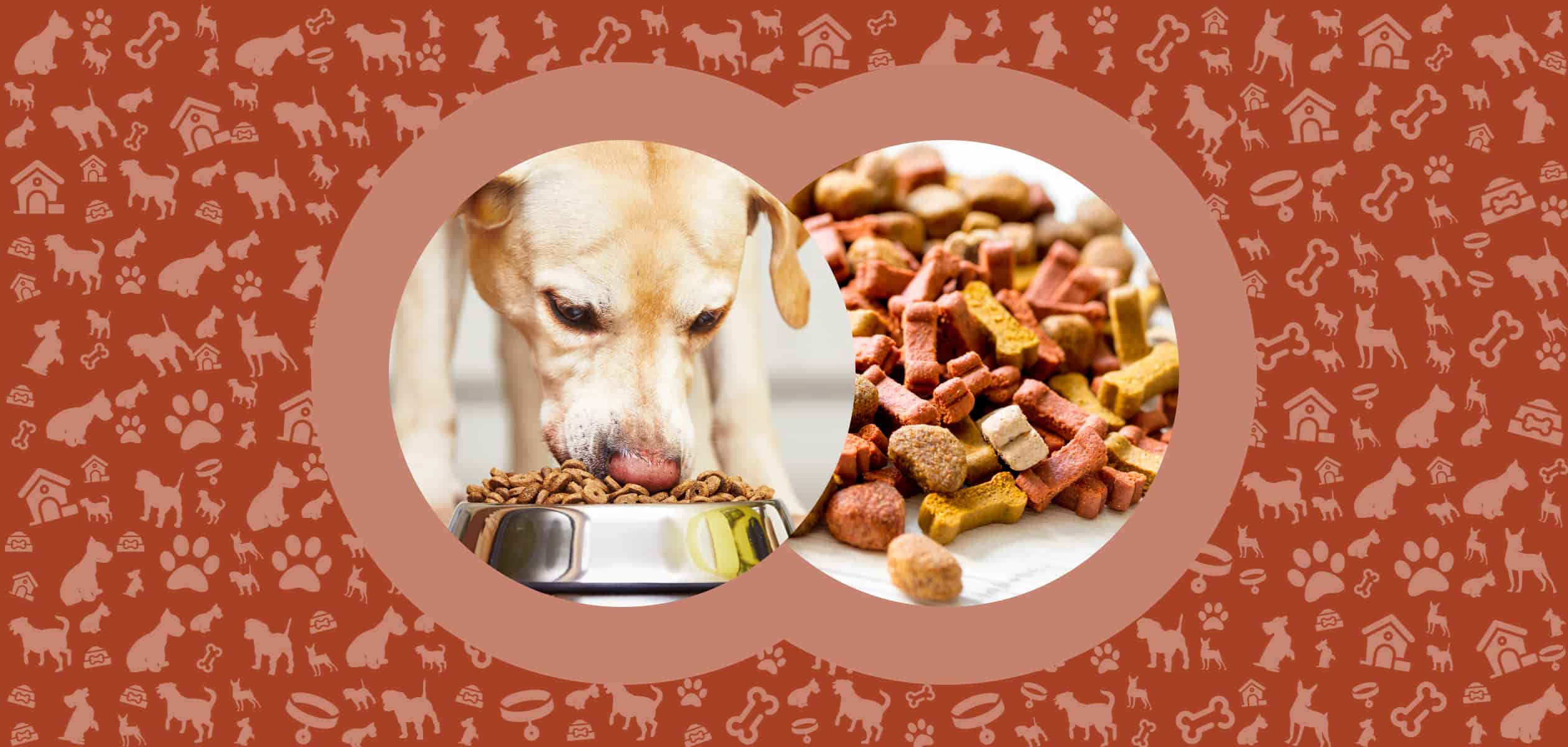
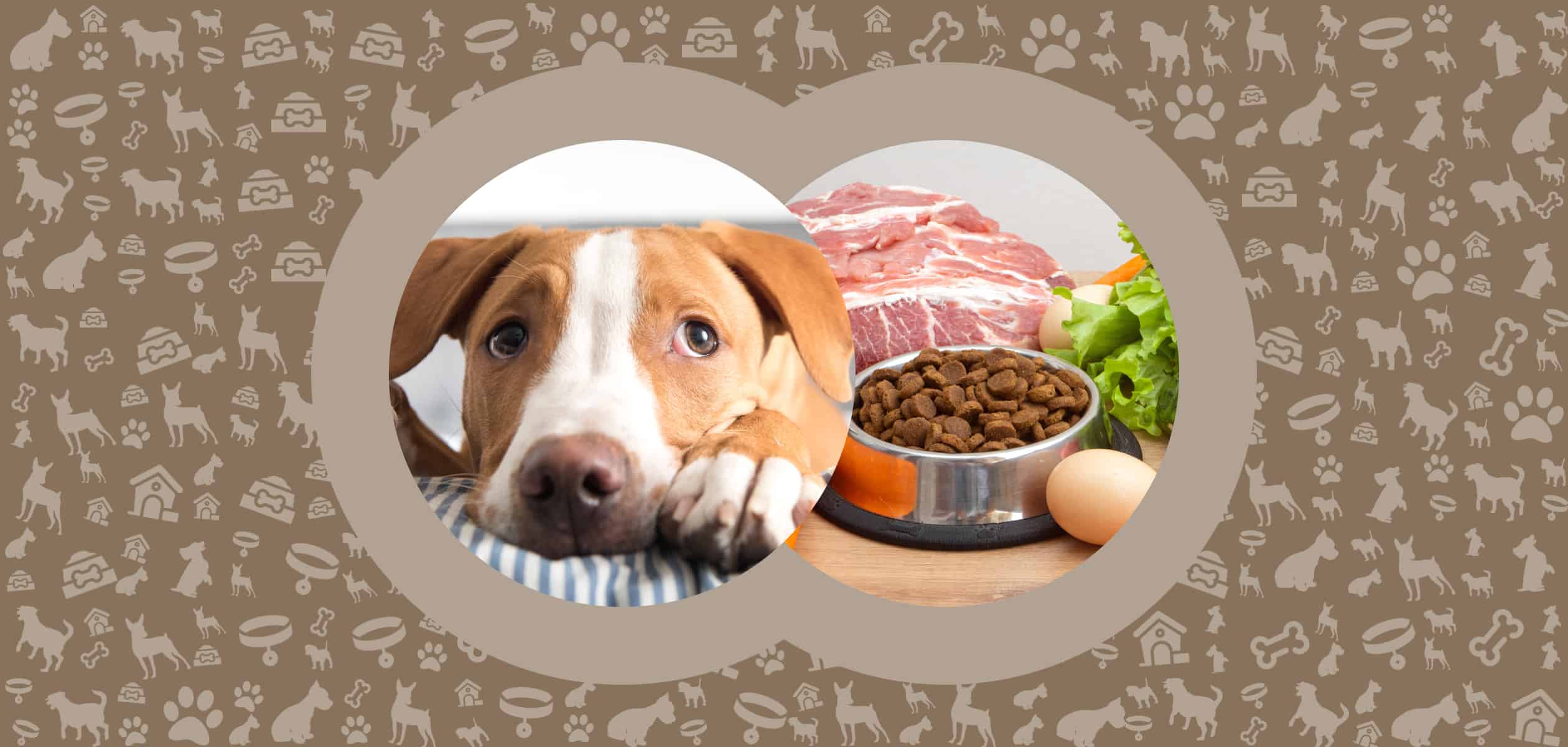
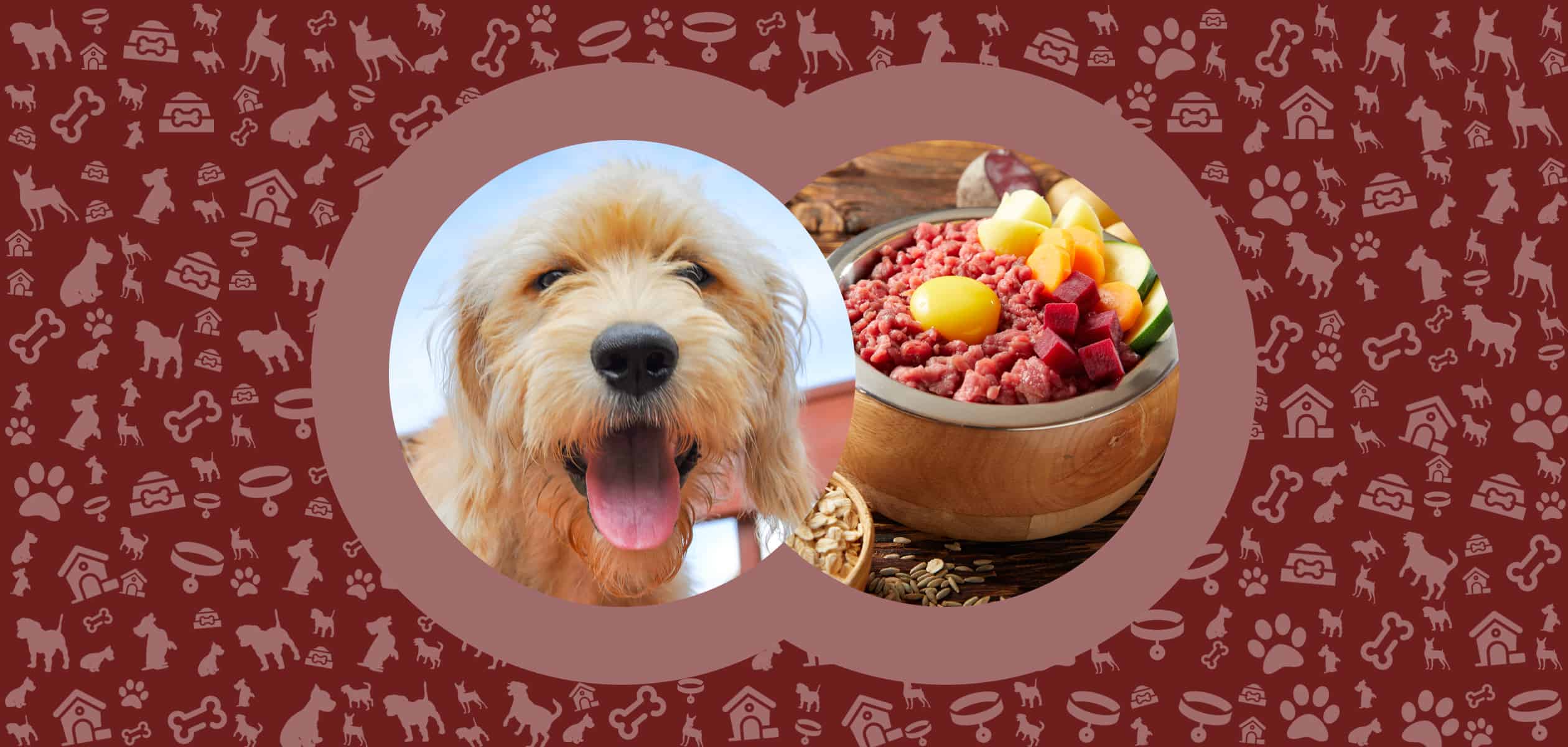
Leave a Comment